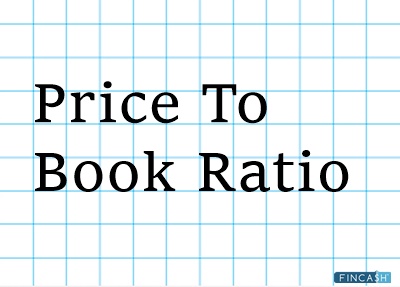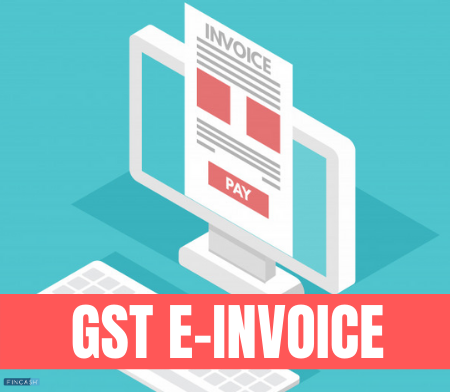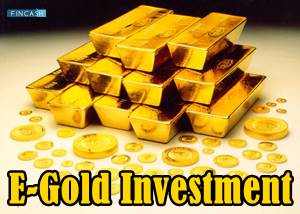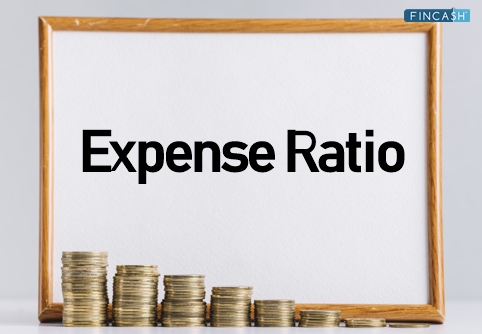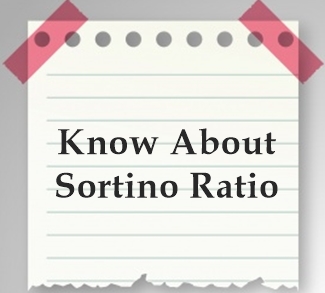What is the Shiller P/E 10 Ratio?
The Price to Earnings 10 Ratio, or P/E 10 Ratio, is one of the most critical metrics in a security's ratio analysis. It's the company's current share price to its Earnings Per Share (EPS) over ten years. The Cyclically Adjusted Price-to-Earnings (CAPE) ratio or the Shiller PE ratio is another name for the P/E 10 ratio.
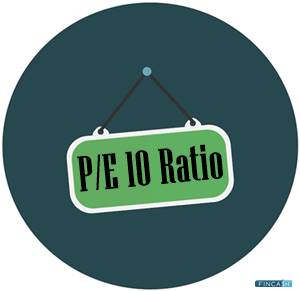
Financial analysts use this ratio to analyse long-term financial success while separating the influence of economic cycles. Smoothed actual earnings are also utilised in the P/E 10 ratio to minimise Volatility in net Income caused by changes in profit margins during a normal business cycle.
How to Calculate P/E 10 Ratio?
The Shiller P/E ratio is calculated by dividing the current Price by the average Inflation-adjusted 10-year EPS. You'll need the EPS of an index for each of the last ten years, adjust them for inflation to convert them into real value and take out their average.
What Does P/E 10 Ratio Tell?
The P/E 10 ratio is a cyclically adjusted version of the P/E ratio. It's a similar metric to the P/E ratio for determining whether a stock is overpriced or undervalued. This ratio is a measure of a company's profit ratio across time and during various points of the Economic Cycle.
As it accounts for economic variations, such as expansion and contraction, it provides a more comprehensive picture of a company's performance by smoothing out cyclical impacts.
Talk to our investment specialist
What is an Excellent P/E ratio?
A good P/E ratio is either consistent or rises gradually over time. The actual number for a given firm may differ. When looking at P/E ratios without considering a company's recent history, they might be deceiving.
Rather than risking money on a business that appears to be over or undervalued, it is often safer to invest in a firm whose P/E ratio seems to appropriately value the business.
Criticisms of P/E 10 Ratio
Investors can use this ratio to forecast a company's future performance. It does, however, have downsides. A few of the criticisms are:
- The major drawback of the Shiller PE Ratio is that it only considers an asset's or index's equity, not the Underlying debt
- It's vulnerable to fluctuating Market pricing that may be readily manipulated
- P/E Ratio is backwards-looking, according to some analysts, because it is based on previous data
- The formula uses Generally Accepted Accounting Principles (GAAP), which may not yield an appropriate number, as it can produce an unduly negative estimate for future earnings
Takeaway
The P/E 10 ratio has been one of the most reliable predictors of undervalued or overvalued companies and indexes. It highlights a company's performance over time, allowing investors to forecast future possibilities. Several academic research studies have demonstrated the ratio's ability to anticipate both bear and bull markets. Despite its flaws, analysts use it to assess a company's long-term viability, even when economic fluctuations are taken into account.
All efforts have been made to ensure the information provided here is accurate. However, no guarantees are made regarding correctness of data. Please verify with scheme information document before making any investment.
